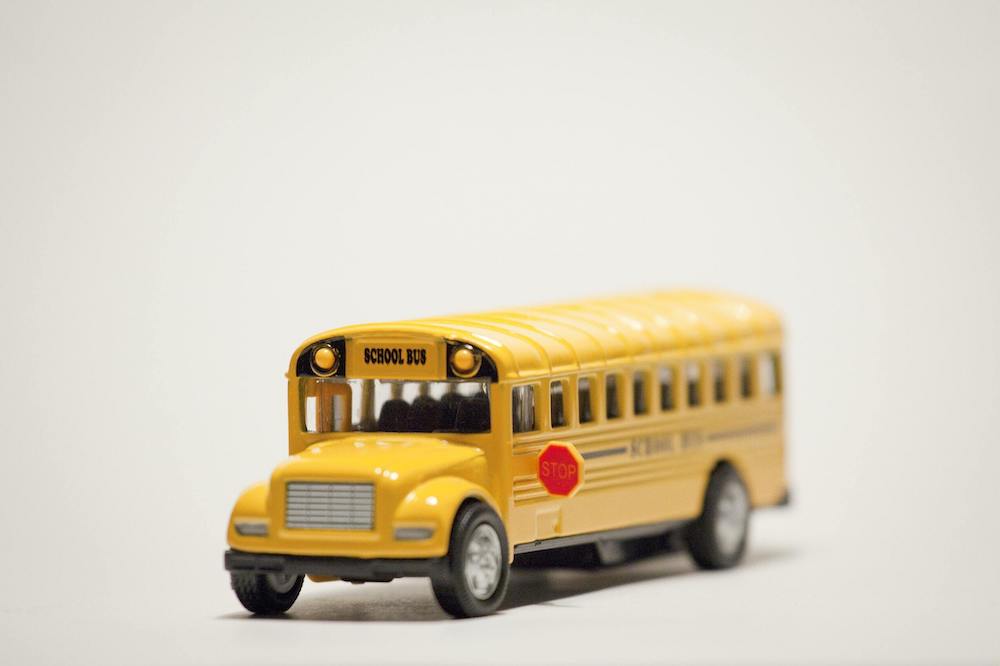Tips for Teaching from Home
Remote Learning During a Pandemic
As families all over the U.S. have been thrust into the challenge of teaching their children at the kitchen table, CoDesign Collaborative has asked our head of education to share some tips on how to navigate the new terrain of remote learning. School is particularly hard right now. While everyone wants their children to stay on track, mental health is most important and remote learning is not always possible. This post aims to help families grapple with remote learning and this sudden change.

By Sabaat Kareem and Diana Navarrete-Rackauckas
Families lately have, among other challenges, been adjusting to teaching their children at home. Remote learning has taken many families by shock. Parents are now expected to take charge of their family’s education in a way that was previously unexpected. Teaching children complete curriculums is not feasible for many families and remote learning can seem extremely intimidating. CoDesign Collaborative’s education expert, Diana Navarrete-Rackauckas, has helped to provide some tips on understanding how to approach remote learning.
On adjusting to the idea of learning at home:
Because children have been used to thinking of school and home as two distinct places with different purposes, it is expected that there will be some difficulty in presenting home as a place to learn. It could be helpful to explain to your child that remote school is different than normal school and does not need to be approached in the same way they approach regular school.
On figuring out how a child learns best:
Your child might absorb information best in one way or another. Think back to before they were in school and learning colors with you. How did they prefer to learn words and colors? Did they verbalize their thoughts or touch toys? Learning habits tend to carry on throughout life. Most of all, if a child is old enough to explain their preference, listen!
On pinpointing a child’s inclination toward certain activities:
For Diana, a big heads up is when children are so focused they ignore her. Another signal is when a child is repeatedly asking questions on how to get a task right or asking for advice. This another great opportunity to let your child reflect and explain.
On adjusting a set curriculum to fit a child’s personal learning style:
It may seem difficult to tamper with a curriculum you are not personally familiar with. Going to your school district’s website and checking their sources to understand curriculums better is a good starting point. Teachers can also help guide a parents on how to adjust lesson plans. That said, teachers are doing the best they can right now with the changes they’ve been thrust into – so be empathetic and kind if they can’t get back to you as quickly as you’d like.
On picking the best homeschooling activities:
Learning from home is a great time to play with projects. Most districts are suggesting that students not engage in more than a half-day of schooling right now, which works out to about 3.5 hours in most states. To occupy your kids while you work, try looking into activities posted by institutions. CoDesign Collaborative has put together some activities as part of our Design Together program. These are short and hands-on projects for your children to learn more about design through doing. For example, our newest activity asks students to measure drafts around their home and create a draft stopper to improve the energy efficiency of the home. This activity reinforces science, math, and engineering standards for 4-8th graders without directly mentioning them. It’s sneaky and it works!
Finally, this is a difficult and suddenly challenging time for all families. Everything at this time is uncertain and a child’s mental health is most important. Schooling can always be adjusted when schools announce their next steps!